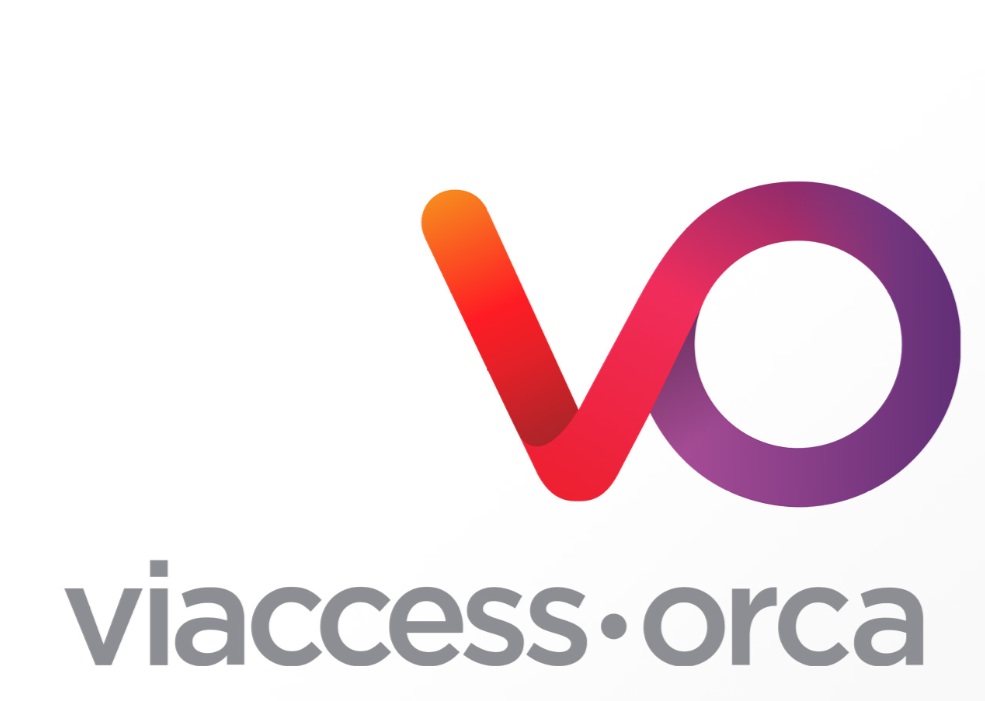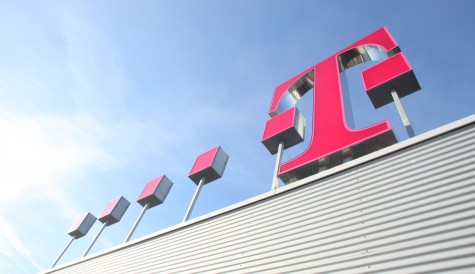
After more than 40 years of operation, DTVE is closing its doors and our website will no longer be updated daily. Thank you for all of your support.
OTTtv World Summit: Q&A – Haggai Barel, Viaccess-Orca
 On the opening day of the OTT World Summit, Viaccess-Orca’s deputy CEO Haggai Barel spoke to DTVE about the challenges operators face when launching OTT services.
On the opening day of the OTT World Summit, Viaccess-Orca’s deputy CEO Haggai Barel spoke to DTVE about the challenges operators face when launching OTT services.
How can pay TV operators use OTT to increase engagement with their customers?
 OTT services enable easy access to second screen apps and the ability to creatively develop new concepts for content consumption that were once limited to the TV set. Once an operator has a very good, compelling second screen app, engagement is increased by definition. At Viaccess-Orca (VO) we identify five main pillars for creating the best multi-screen user engagement, something I will highlight in my speech at the OTT World Summit.
OTT services enable easy access to second screen apps and the ability to creatively develop new concepts for content consumption that were once limited to the TV set. Once an operator has a very good, compelling second screen app, engagement is increased by definition. At Viaccess-Orca (VO) we identify five main pillars for creating the best multi-screen user engagement, something I will highlight in my speech at the OTT World Summit.
OTT services can be delivered today over a variety of CE devices, with each device having its own unique traits and therefore a different user experience. To reach the ultimate engagement factor on each device, one has to carefully consider these unique traits of each CE device.
The introduction of OTT services to the market calls for the integration of the operator’s legacy services with more advanced OTT services – for example a web photo album service (e.g. Picasa) on the second screen, integrated into the operator’s app, allowing instant sharing of favorite images with friends (related to the consumed content). The point is to leverage the operator’s existing legacy services with web services that users are more used to seeing as a separate app/service.
What are the most effective ways for operators to monetise OTT services?
The OTT revolution has opened the door for new types of monetisation opportunities and business models. We introduced some of these models in our latest developments, such as context aware monetisation, branding opportunities for via T-commerce (TV commerce) and advertising. The goal of these monetisation methods is always to increase content consumption by the users and to personalise the purchasing offerings.
What impact are OTT services having on the ability for operators to offer advanced personalisation?
Our strength is making the personal devices completely personalised. The TV is not a completely personal device. Smartphones, tablets, PC’s, etc., are personalised devices, and our ability to learn a user’s behavior and preferences is key to providing a video consumption experience that is similar to the experience we have today on many personalised apps on CE devices.
How important is it to ensure a consistent TV experience across different devices?
Consumers use a variety of devices today without really paying any attention to which gadget is used for which purpose. Service providers need to leverage the connected nature of these devices in order to relieve this complexity. If you want an exclusive, committed relationship with your subscribers, you need to show them you care by paying attention and providing a persistent, consistent user experience.
Consistent experience across screens can be achieved by implementing these examples:
- Allow for remote actions on a personal environment. Offer remote DVR, remote reminders, remote add-to-wish-list or remote order. That way the user feels the use of one service, across different screens.
- Make one device the source of data for another. For instance recommendations for TV are sent to the mobile and the mobile then becomes a portable set-top box, allowing viewing or controlling the TV service.
- Use the same backend for all screens. That way you create a central hub for all the screens to communicate with, and ‘speak the same language’. For instance when using a backend content discovery platform, you’re able to present the relevant content for each user on all his screens, not only on TV.
These examples are ways to create a persistent, appealing experience for your users.
Keep in mind that an enhanced customer experience is addictive. Once customers are hooked on you, luring them away is a challenge.
What role should social media play in the evolution of OTT services?
When we talk about OTT services we refer to content consumption services. When you look at it by itself, it’s always been a social experience. The purpose of social media with respect to content consumption should be focused around the content; the users crave tools that allow them to share, recommend, comment, gossip, view their friends’ comments/suggestions etc. If the journey revolves around their consumed/favorite content they will feel their operator is providing them with what they need to continue this “social game” we’re all part of.
One example of what we do regarding social media that contributes to monetisation is the use of VOD gifts. We allow users to purchase a VOD title for friends in their TV service, based on their friend’s ‘wish-list’, which can be made public (on Facebook for example) – similar to a wedding gift list, to assist the guests in finding the right gift.
Are second screen services more relevant to live or on-demand programming?
Second screen apps are very relevant for both live and on-demand. The main difference lies in the nature of the apps created for each type of content; the solutions for movies for example, whether they are live or on demand can be more generic, regarding enhancement and enrichment of this long-form content, with fewer interruptions. It’s a different type of experience from content that’s mostly being watched live, such as sports, news, reality shows, etc. And in this case, we look at more niche, dedicated apps to support this type of content. The content we create about the content has to be adapted to this type of short-form content that is punctuated by a split attention span.


